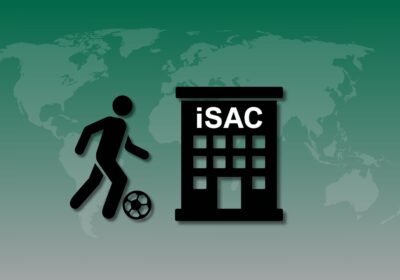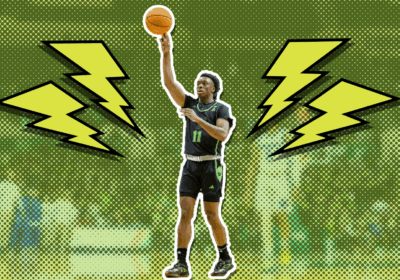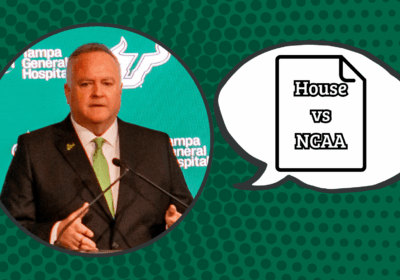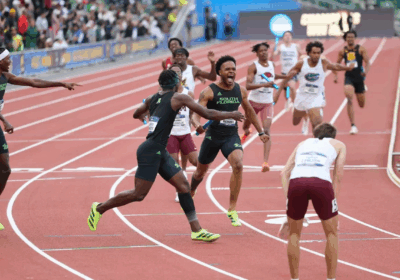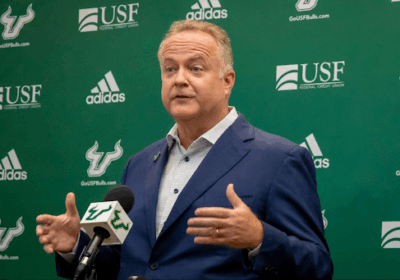Home, sweet home

USF football has played at Raymond James Stadium since joining the ranks of college football and will continue to do so for at least the next few years, pending the finalization of its agreement with the Tampa Sports Authority and the Tampa Bay Buccaneers. ORACLE FILE PHOTO/JACKIE BENITEZ
For those with high expectations for an on-campus football stadium to come hand-in-hand with the announcement of Charlie Strong becoming USF’s football coach, optimism has shifted to reality, at least for the time being.
Earlier this week, the Tampa Bay Times reported a draft agreement for the university to extend its lease agreement with Raymond James Stadium for the next six years was in place, which means it is likely that Bulls football will remain in the only stadium they’ve known through the next decade.
Strong, who said in his opening press conference that an on-campus stadium would be a priority for USF, coupled with the coming departure of the Museum of Science and Industry (MOSI) from Fowler Avenue has created a perfect storm of controversy once again on the long-term home of the Bulls.
“I feel like once you get a stadium on campus, it’s their home,” Strong said during his introductory press conference. “It’s what they defend, it’s their house. And that’s going to be critical, and that’s going to happen.”
In the agreement, which has yet to be approved by the Tampa Sports Authority (TSA) executive committee and the Tampa Bay Buccaneers, the university agrees to pay $172,000 per game that sees less than 24,000 attendees and $185,000 for games with any more than that.
With an average of 27,887 fans per game entering the turnstiles at Ray Jay last season, the Bulls could pay as much $1.3 million for their seven home games next season, according to the TSA.
The Bulls, who agree to play at least six home games per season at their Dale Mabry home, are entitled to 20 percent of all combined TSA revenues for their seventh game.
When you look at the cost of Bright House Networks Stadium, which was built at UCF in 2007 for approximately $55 million, the cost at which USF will have to pay to play at Raymond James is nickels on the dollar.
Both FAU and FIU have also built on-campus stadiums in the past ten years, with FAU’s bill coming in at $70 million and FIU’s at $54 million.
The margin of which the university financially has to play with is also incredibly thin. According to the 2015-16 Operating Budget, intercollegiate athletics as an entire department only had $223,599 remaining from its annual budget of $43 million.
For a budget as tight as USF’s currently is, even if building a new stadium is in the foreseeable future, the university must look to conserve what little money it has before investing in a move away from its only home.
Not only would building a new stadium inevitably put USF in debt, but also the risk hasn’t been proven to be worth the reward in recent years.
USF’s home attendance average of just fewer than 28,000 for 2016 was its best under former coach Willie Taggart and still not promising for a team that finished with the best record in school history (11-2).
If the Bulls can’t fill the lower bowl of Raymond James Stadium for most games, they’d be hard-pressed to sell out an on-campus stadium simply because the team moved to a new location.
Though sharing a stadium with an NFL team is rare and not ideal for many fans, USF should continue to take advantage of its proximity to a stadium that it isn’t forced to go into debt to build.
With a track record of other Division-I football teams favoring to play in state-of-the-art stadiums built for the highest level of the game and USF’s thin athletic budget, the Bulls and Buccaneers could be roommates for some time.


